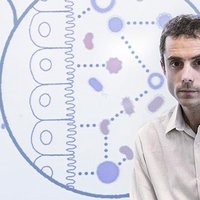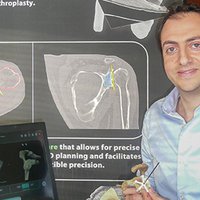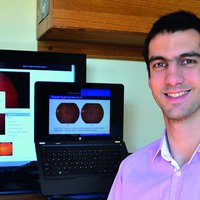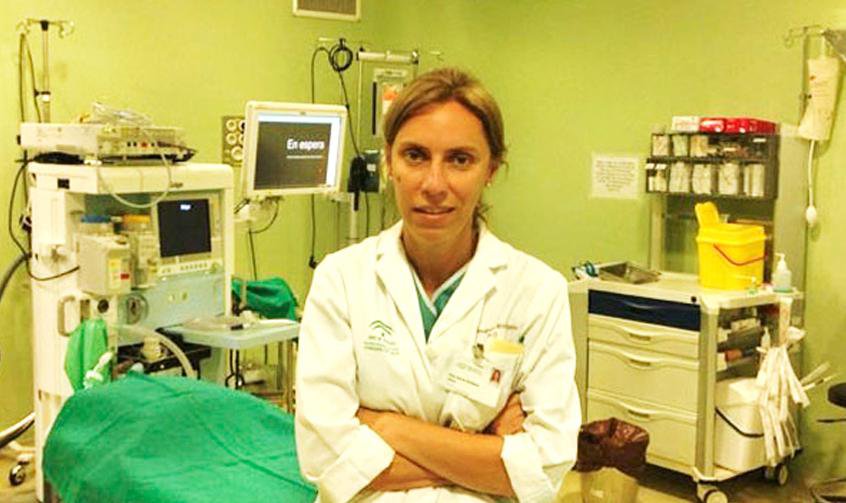"Working in an emergency room of a quoted hospital, where victims of accidents come in often fighting between life and death is no work for the faint-of-heart. Nothing like performing a life-saving operation represents so clearly the motivation of surgeons like Rosa Mª Jiménez-Rodríguez. For this young Spanish specialist, discovering all she could do for the others actually changed her life. Certain operations, for instance those of the abdomen where several vital organs are found, can be extremely risky and Jiménez-Rodríguez focused since the start of her PhD in how robots could assist surgeons in such delicate tasks. Ending up developing an innovative, patented solution to limit the impact and intrusiveness of surgical interventions.
As she explains, it is not just a matter of how to operate making the smallest number of incisions (for that, a key tool in robotic surgery is called DaVinci robot, but also to ensure that all wounds are safely and permanently sealed after multiple operations. Once Jiménez-Rodríguez had under her careful hands a young patient, victim of an accident, who needed seven operations, one after the other. What do you do in such a case? Do you cut and close the patient's abdomen seven times, or do you keep the wound “live,” that means open? The answer is not simple: cuts are invasive, but necessary to avoid infections and to drain the liquids, which are accumulated in the abdomen. To avoid them, one approach is for instance to keep the abdomen open through a system called ABThera, that assists the surgeon by keeping the viscera isolated from the external environment and providing an easy access for re-entry to continue the intervention, all this without the need for sutures. However, this type of action has its drawbacks: “The abdomen's skin is no longer sufficient to properly seal the wound, as by that time the abdominal content have somehow swollen and their tissues lose their elasticity,” she explains. It is like trying to wear your usual shoe with a swollen foot. Again, solutions exist on the market, but according to Jiménez-Rodríguez, they are still too invasive as they pierce through the skin to “pull” it, causing possible hernias or fistulas.
On the other hand, the system she devised has none of these shortcomings as it is based on a mesh, a vacuum system, and a set of rubber bands allowing sealing the wound without any tension of the muscular tissues of the abdomen, nor the risk of hernias. Rather than applying a force to the exposed area, the mesh and vacuum system ease the natural formation of both blood vessels and structural tissues, while elastic bands exert a delicate, increasing pressure. Less intrusive and traumatic, Jiménez-Rodríguez's system allows a smoother cicatrisation of the wound and avoiding a rise in the intra-abdominal pressure, which could itself be a source of life-threatening complications. If abdomen operations are to leave less of a footprint on the patient one day, this may certainly be thanks to Jiménez-Rodríguez mesh & rubber bands."




